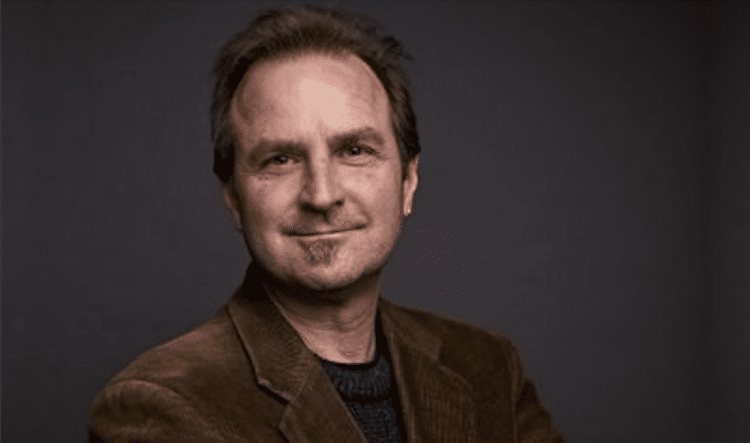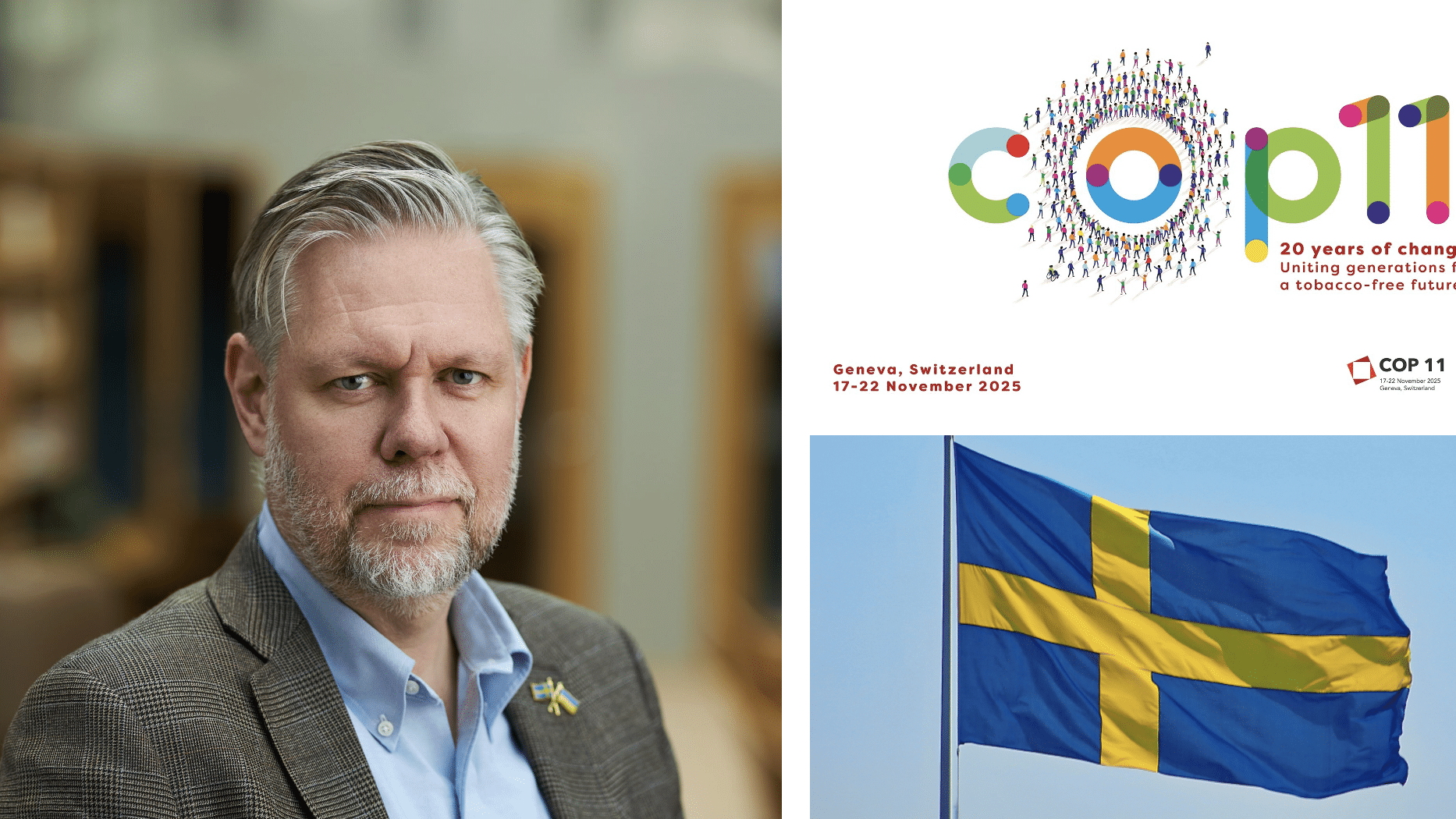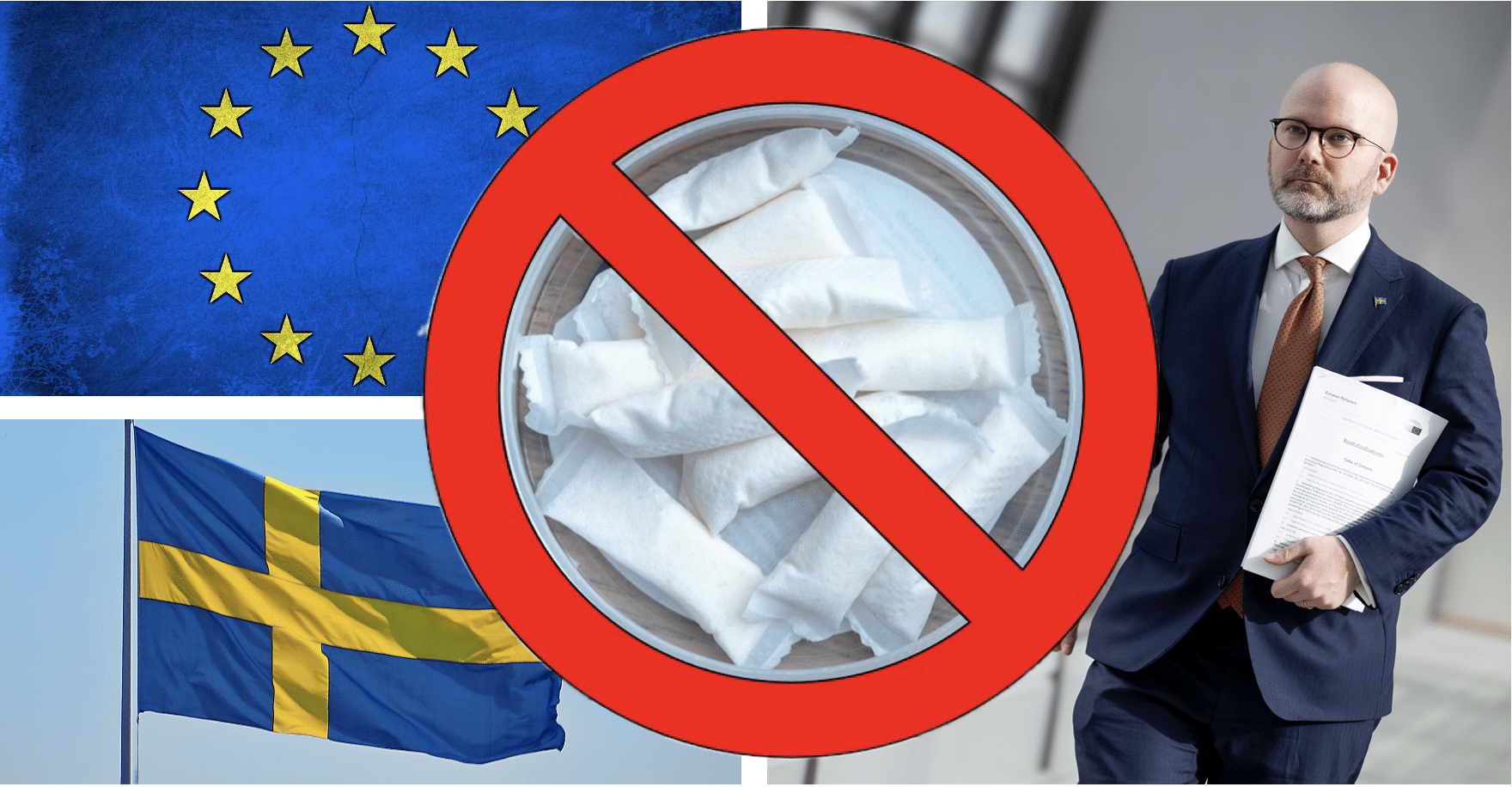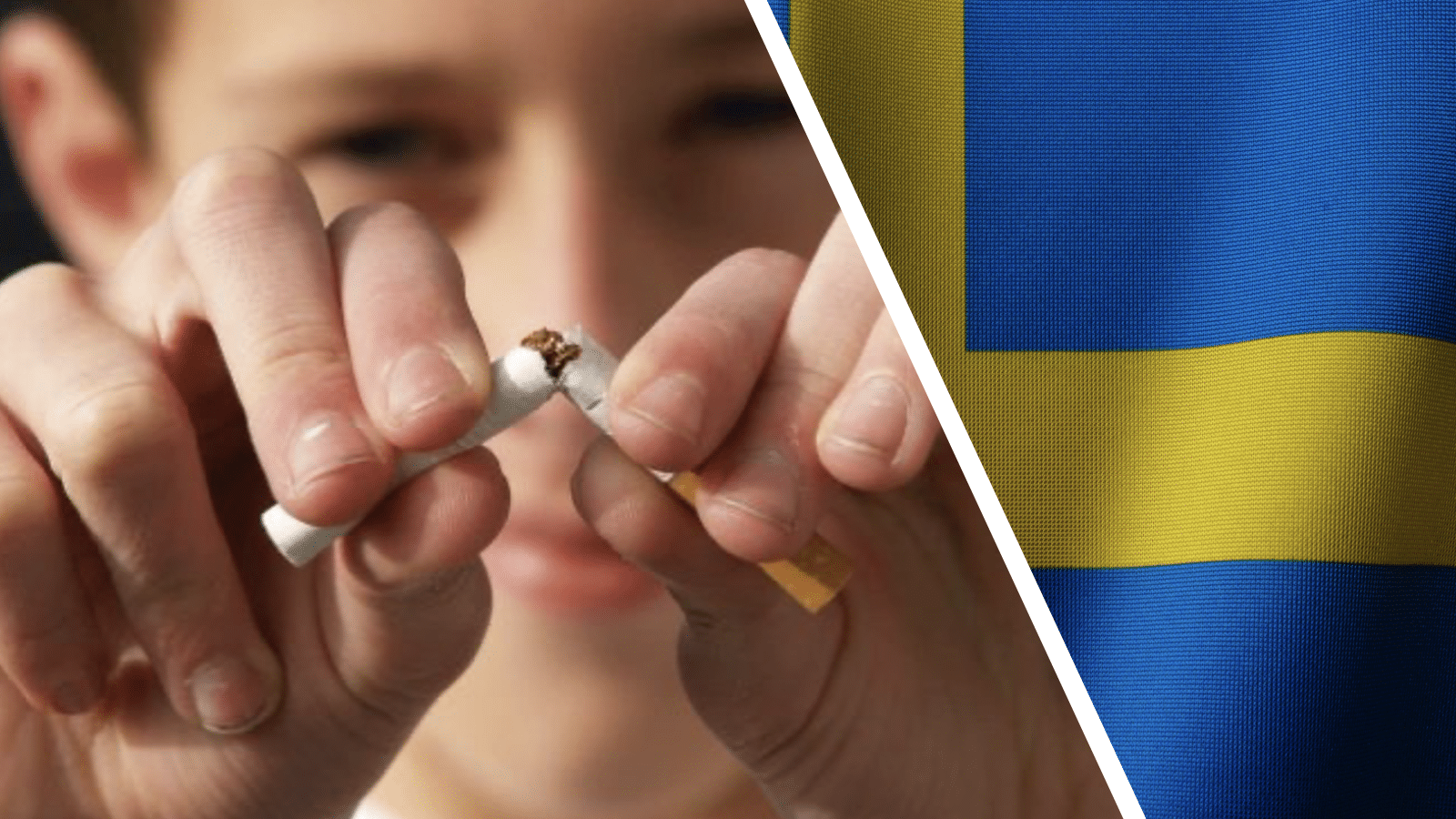
Charles A. Gardner: Prohibiting reduced-risk products ‘akin to manslaughter’
In this instalment of our Harm Reduction Heroes series, Snusforumet talks to Dr. Charles A. Gardner, executive director of INNCO, the International Network of Nicotine Consumer Organisations, about the many shortcomings of the American approach to tobacco harm reduction.
Dr Charles A. Gardner is a passionate man, staunch in his advocacy to offer smokers low-risk, alternative nicotine products to ease them off cigarettes and help save their lives.
And he sometimes becomes frustrated by public health policy in the United States and the rest of the world.
When Snusforumet asks about public health authorities’ negative attitudes to safer nicotine alternatives to cigarettes, Charles’s exasperation is evident.
“The likes of e-cigarettes, snus, and nicotine pouches can help save lives,” he exclaims.
“So not promoting these products to adult smokers is negligent homicide. Taxing and prohibiting them is manslaughter – if not mass murder – on a huge scale. The body bags will be quantifiable. And history will see it that way.”
Charles A. Gardner has worked in the health arena for the best part of 30 years. He’s worked for the US Congress, the US National Institutes of Health (NIH), and as a senior advisor to the World Health Organisation (WHO). From 1998 to 2003, he served as the health attaché in the US Embassy New Delhi and senior representative of the US Department of Health and Human Services to South Asia.
Deep-seeded dismay over public health policy
Charles, who also holds a PhD in developmental neurobiology, also spent 10 years in global health philanthropy as a programme officer in the Rockefeller Foundation, Optimus Foundation, and the Foundation for a Smoke-Free World.
He’s now executive director of INNCO, the International Network of Nicotine Consumer Organisations, a non-profit organisation based in New York devoted to representing consumers of low-risk, alternative nicotine products, and championing tobacco harm reduction (THR) on the global stage.
That a man with such extensive high-level experience in health policy is so frustrated with public health authorities’ attitudes to THR is telling. At the very least, his deep-seeded dismay should be a huge red flag to anyone with direct involvement in public health strategy and policy.
It begs the question, why is it so hard for so many to accept the scientific evidence demonstrating that alternative nicotine products save lives?
Echoes of foot-dragging during AIDS crisis
Despite his vexation, Charles is actually quite sanguine. He says there has long been a reluctance to act on scientific and moral issues in the US.
“Why was it so hard for so long for people in what we would now call the LGBTQ community?” he asks. “Why was it so hard for gay men in the early 1970s to convince the American Psychiatric Association that homosexuality was not a disease? Why was it so hard for people living with HIV and AIDS in the 1990s to convince the NIH that they needed to change their research priorities to focus on AIDS?”
Charles admits that THR is not the only contemporary area of public health to suffer from slow-moving public opinion.
“Those at the coalface working with opioid users are still waiting for people to catch up to the fact that methadone and safe injection sites have been scientifically proven to save lives among substance users. We in tobacco harm reduction are not alone,” he explains.
Sweden: A ‘stunning’ THR success story
Charles finds the United States’ slow progress on THR extra frustrating because of the success of other countries’ efforts.
“Sweden is a stunning success story from our perspective because it has the lowest smoking rate and the lowest rate of smoking-related disease and death in the EU. That’s a strong signal right there that snus and nicotine pouches work remarkably well in reducing tobacco-related deaths,” he explains.
But, Charles says, even in Sweden, there is a disconnect because the ministry of health is not willing to admit that there might be a cause and effect.
Snus and nicotine pouches are legal in the United States, but the authorities’ attitude towards them leaves Charles unimpressed.
“On the surface the US attitude is progressive,” he says. “After all, the FDA (United States Food and Drug Administration) has authorised eight products made by the Swedish Match company as appropriate for the protection of public health. And not only that, they’ve authorised Swedish Match to tell its customers that if you switch completely from smoking to these products, it will reduce your risk of cancer, heart, and lung disease.”
Did the FDA give Swedish Match a ‘poison pill’?
But there’s a sting in this tale, as Charles goes on to confirm.
“This sounds like several steps in the right direction, but it isn’t,” he says in exasperation.
Charles believes the FDA effectively gave Swedish Match a poison pill because the language they have to use on their products is very strictly defined.
“The authorisation language is a huge paragraph that won’t even fit on the side of a fucking snus tin!” he explains.
“The wording has to include ‘This product contains nicotine, which is a highly addictive chemical’. It’s all geared to put people off using snus. It’s fucking bonkers.”
Charles pauses and laughs.
“Sometimes I think the only reason I stick with tobacco harm reduction is because it’s really interesting to witness how an entire field of public health can go this far off the rails.”
Charles A. Gardner: ‘We need to change hearts and minds’
Almost every other aspect of life – and every other field of global health – embraces the concept of harm reduction. Condoms reduce, but do not eliminate, the rates of sexually transmitted diseases. Masks reduce, but do not eliminate, the risk of Covid-19 transmission. Seat belts reduce, but do not eliminate, the risk of death and injury from car accidents. And so on.
So how do THR advocates inject a similar level of logic into the public health debate about alternative nicotine products?
“The short answer is you have to change hearts and minds, one person at a time,” Charles says.
“I’m a scientist, so I used to think that we helped generate the evidence, and that drives policy. And then changing policy leads to improved health. But I no longer believe that. So having the evidence is necessary, but not sufficient. You need to change the minds of journalists, the public, and then policymakers – in that order.”
But THR “wins” are not always lauded.
Recent figures show that, in 2020, 4.6 percent of high school students reported that they smoked cigarettes in the past 30 days – a decrease from 15.8 percent in 2011. Charles highlighted this steep decline in teen cigarette use in a recent Filter magazine article titled, ‘Why Aren’t We Celebrating the End of Teenage Smoking?’
When asked about why these figures aren’t being widely applauded, the cynic in Charles surfaces again for a moment.
“What does anybody do when the problem that they’ve dedicated three decades of their life trying to solve just vanishes, as teen smoking has? You have to find a new ‘problem’ to eradicate. And that might be other nicotine-based products,” he explains.
‘It’s a lot harder for tobacco companies to lie now’
Charles A. Gardner believes that he shares goals with most tobacco control public policymakers – they want to save lives.
“However, their current read on the situation is based on the evil behaviour of the tobacco industry 30 and 40 years ago,” he says. “But the industry, which is not by any means pristine today, is at least now much more tightly regulated. It’s a lot harder for tobacco companies to lie now.”
This skewed view of the THR world is a huge global problem, Charles believes.
“Even the UK, which has a pretty progressive approach to harm reduction, has a hardcore of idiots in public health,” he says.
“There was a scare story recently in which a public health zealot described a three percent rise in vaping among teens as a ‘public health catastrophe’. But the zealot didn’t mention the report also showed there was a commensurate decrease in cigarette smoking. It’s an obvious case of product substitution.”
Such clear cases of misrepresentation of data in public discourse about harm reduction make it easy to sympathise with Charles’s frustration.
“Every single day I hear demonstrable lies about tobacco control issues from people who claim to be public health experts,” he explains.
“For instance, using data from four years ago to help support their narrative, even though tobacco use has dropped dramatically since then.”
One of the thorniest problems, Charles believes, is how public health authorities began to conflate – and to use as synonyms – the words ‘smoking’, ‘tobacco’ and ‘nicotine’.
“It started in the 1970s and 1980s. Now it’s as if they’re all the same thing, so they’re all demonised the same.”
“I am a developmental neurobiologist by training,” Charles continues.
“So I do look at the science. I do read the scientific papers. And when I’m reading papers from traditional tobacco control people and they use the words ‘tobacco’, ‘smoking’ and ‘nicotine’ interchangeably, I have no idea what they’re talking about. Which makes me worry that they don’t know what they’re talking about either.”



